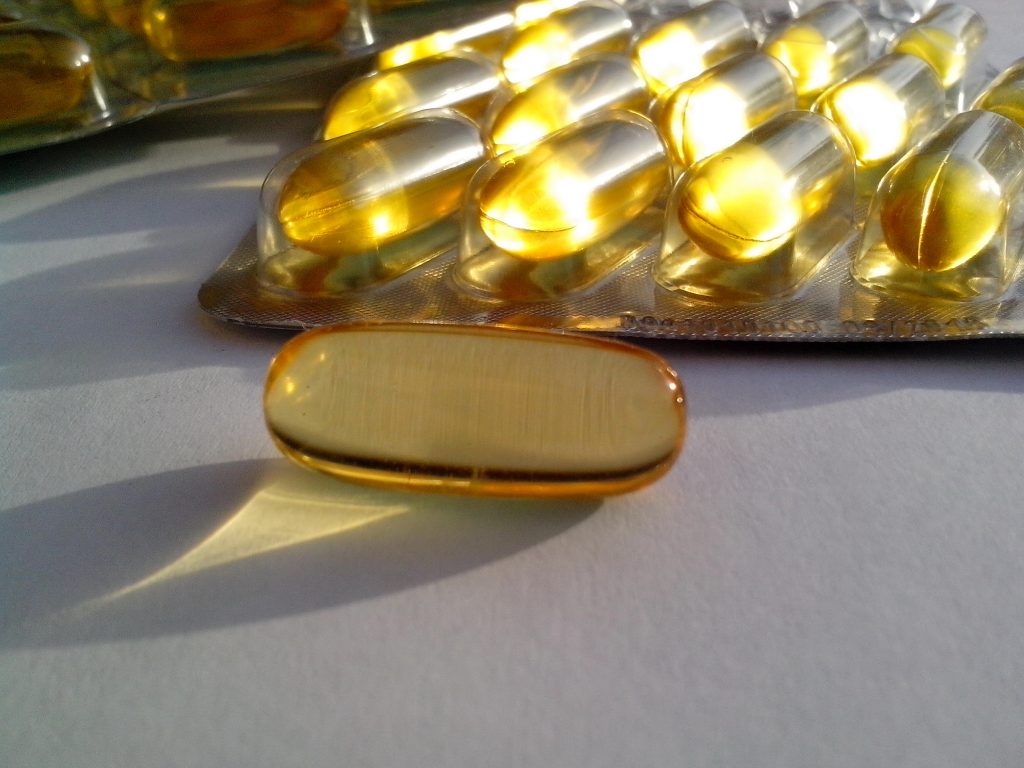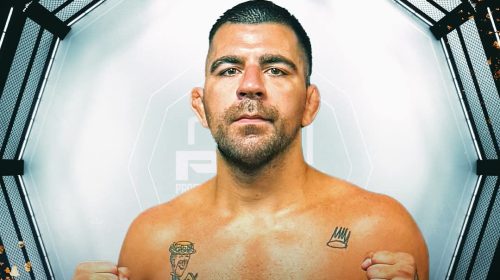
Obtaining your Omega fatty acids from plant-based sources
When we think of fats, we automatically think of ‘bad food’. Big juicy burgers, a bag of chips, or saturated fats within a portion of fries. Hence the fact that we have avoided fats from our diet for a long time because they were labeled as bad and seen as fattening for the figure. But when we look at our macros, fats are essential for a healthy body. The big distinctive thing you should know about fats, is the source of fat. To enjoy a healthy portion of fat, we need fatty acids such as Omega 3, Omega 6, and Omega 9 (with a big sidenote to Omega 6). We’ll explain what the difference is between these fatty acids and, more importantly, where to obtain them when eating a plant-based diet. Maybe you already know about fish oil or cod liver oil as a source of Omega 3 fatty acids, but with more and more people turning to plant-based sources nowadays, we’ll shed light on the lesser known vegan alternatives. Let’s talk plants.\
Omega 3
Omega 3 is a group of polyunsaturated fatty acids namely alpha-linolenic acid (ALA), eicosapentaenoic acid (EPA), and docosahexaenoic acid (DHA).\
ALA: vegetal goodness
ALA (alpha-linolenic acid) is the only one of the three to be an essential fatty acid because it cannot be produced by the body itself. So we have to depend on our diet to get enough ALA. ALA can be converted by your body to EPA and DHA but unfortunately, this conversion in your body is a hard process. For the vegans out there, luckily our earth delivers some rich sources of ALA which are vegan. It can be found in flaxseed, chia seed, pistachios, hemp seed, and walnuts. ALA contributes to the maintenance of normal blood cholesterol levels.
EHA and DPA
So what about the other two? DHA is beneficial for your eyesight and your brain function. EPA and DHA are both beneficial for the heart, the maintenance of normal blood pressure, and normal fat levels in the blood. The optimal dose of EPA and DHA (together) is between 500 mg and 1000 mg per day. That equates to eating fatty fish twice a week. Have you seen Seaspiracy? We learned that we can consume the source of omega 3 for fatty fish straight from the source: algaes! These green friends of the sea are an excellent source of EPA and DHA. No animal source is needed. This source of healthy Omega 3 is also, in general, more sustainable to our earth because algae can be cultivated in artificially managed ways, instead of being scraped off the bottom of the sea. It’s one of the only vegetal sources we know that is rich in both EPA and DHA, so next to eating lots of nuts and seeds, with an algae supplement, you have all the omega 3 fatty acids covered. Good news!
Omega 6
Omega 6 consists of the polyunsaturated fatty acids linoleic acid (LA), gamma-linolenic acid (GLA), and arachidonic acid (AA) of which linoleic acid is essential. We have to get this fatty acid from our diet and that’s important because it helps, among other things, to keep our cholesterol levels healthy, which contributes to a good circulation of the blood. GLA and AA can be produced by the body from linoleic acid, making them non-essential. GLA (Gamma Linolenic Acid) is an important part of your cell walls and supports, among other things, the skin’s natural ability to retain moisture.
Fries anyone?
Linoleic Acid is found in vegetable sources like sunflower oil, corn, and soy oil. But here’s the thing with Linoleic Acid: a surplus of LA (like frying all your meals in sunflower oil) and a shortage in EPA and DHA will not transform into GLA, but will transform into the pro-inflammatory AA (arachidonic acid). You’ll find AA in animal sources like eggs, organ meat, poultry, and fish. Since we don’t need much of AA, people who eat more vegetable sources of food, have a higher balance of omega fatty acids, since LA can be converted to both GLA and AA. Ultimately, it is important to maintain a healthy fatty acid balance between Omega 3 and Omega 6 in the body. An optimal
balance between the two should be approximately 4:1, but in most Western countries, the difference between the two fatty acids is often many times greater, namely between 10:1 and 20:1. This difference is caused by the fact that there is an abundance of omega 6 (stop the frying and eating excessive amounts of meat and eggs) in our diet and we do not consume enough EPA and DHA.
Omega 9
Unlike Omega 3 and Omega 6, Omega 9 is a monounsaturated fatty acid. In addition, Omega 9 fatty acids are not essential for the body to consume, because we can produce them ourselves. Nevertheless, it is good to ensure that you get enough omega 9 fatty acids through food because of the many health benefits. This mainly concerns the Omega 9 fatty acid, oleic acid, which is common in olive oil, among other sources. Oleic acid contributes to the maintenance of normal cholesterol levels in the blood. Other rich sources of oleic acid are nuts (nut oil) and sesame seeds (sesame oil). A shortage of omega 9 is rare because we get it sufficiently from our diet. Especially if you’re vegan, you’ll probably don’t need to worry about getting a sufficient amount of Omega 9.
In conclusion
As a vegan, vegetarian, or someone who wants to cut down on eating animal sources of food, there’s no need to panic getting sufficient amounts of Omega fatty acids. Focus on a healthy and sustainable source of omega 3, that preferably also provides your body with EPA and DHA. That’s why we’re such a big fan of vegan algae oil! Lastly, our advice is to ease down on the Omega 6. Even though Omega 6 is necessary for our body to function properly, you’ll quickly get in more than is good for you, bringing the healthy balance between Omega fatty acids 3 and 6 in risk.


























